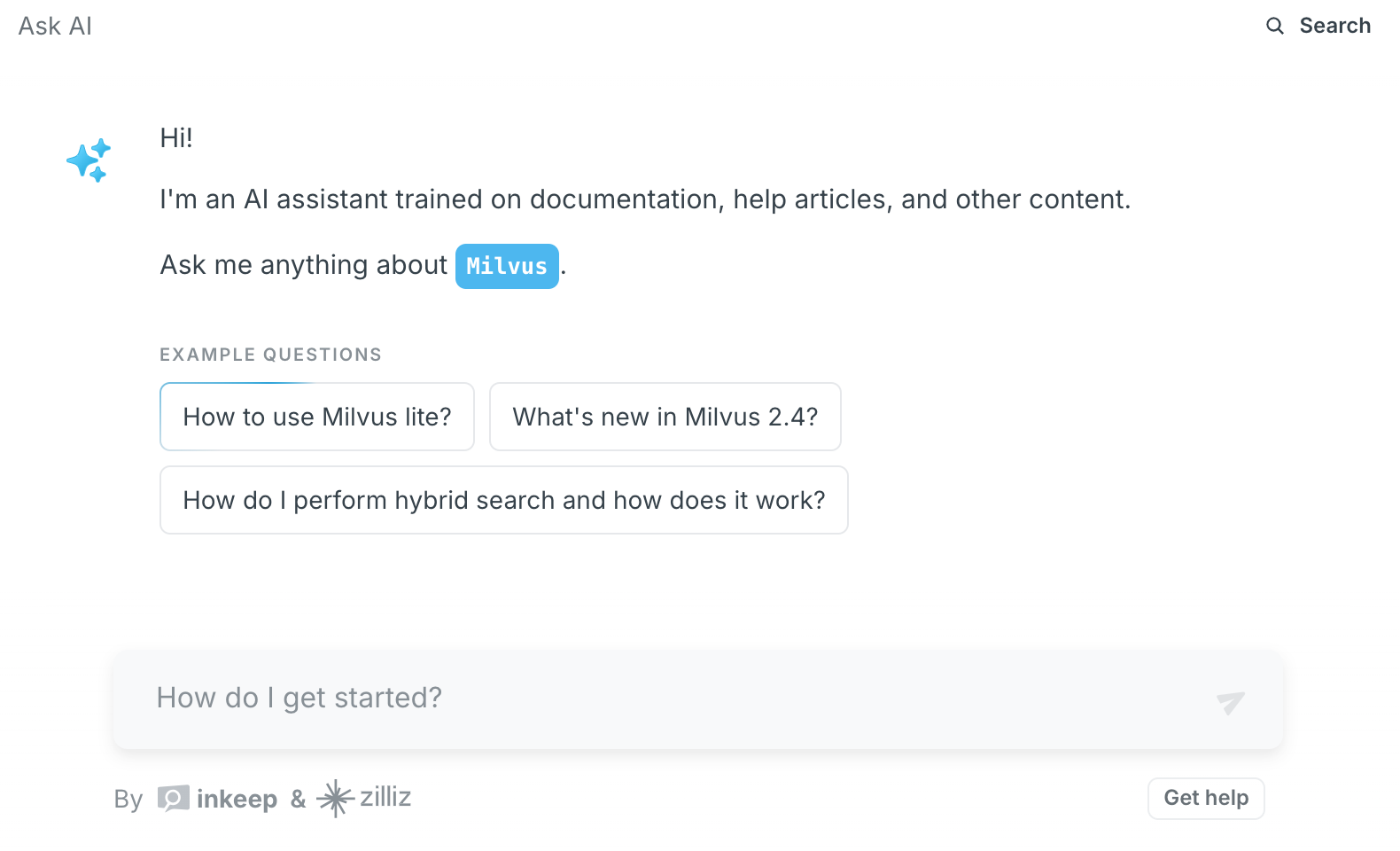When structuring a dataset for evaluating hallucination in a vector database or any AI system, it is important to design the dataset to effectively test the system’s ability to differentiate between accurate information and unsupported or fabricated content. This involves creating a comprehensive and diverse set of data points that reflect realistic use cases while incorporating specific elements to test the system’s handling of uncertainty and abstention.
Firstly, the dataset should include a balanced mix of questions for which the answers are well-documented and known within the system’s knowledge base, alongside questions where the answers are intentionally absent. This allows you to evaluate the system’s ability to correctly retrieve known information and, more critically, its capability to acknowledge gaps in its knowledge by abstaining from giving a definitive answer when the data is not present.
In addition to including these two types of questions, the dataset should feature questions that vary in complexity and specificity. Simple factual questions can help assess the system’s basic retrieval capabilities, while more complex or ambiguous inquiries can test its understanding and reasoning skills. This diversity ensures a thorough evaluation across different scenarios.
Another important aspect is incorporating questions that exhibit potential biases or controversial topics. This helps gauge whether the system can maintain neutrality and provide balanced responses, especially in the absence of clear-cut information.
To simulate real-world applications, consider adding contextual scenarios where multiple questions are interrelated, requiring the system to utilize contextual understanding and cross-referencing capabilities. This approach can uncover how well the system handles information synthesis and logical deductions across various data points.
Furthermore, each question should be accompanied by metadata that categorizes its type, difficulty level, and whether the answer is available or intentionally missing. This metadata helps in the systematic analysis of the system’s performance across different dimensions of the dataset.
In summary, a dataset for evaluating hallucination in a vector database should be structured to test both retrieval accuracy and the system’s handling of uncertainty. By incorporating a variety of question types, levels of complexity, and contextual scenarios, you can comprehensively assess the system’s ability to provide accurate information while appropriately indicating uncertainty or abstaining when necessary. This structured approach ensures a robust evaluation of the system’s performance and its readiness for deployment in real-world applications.
